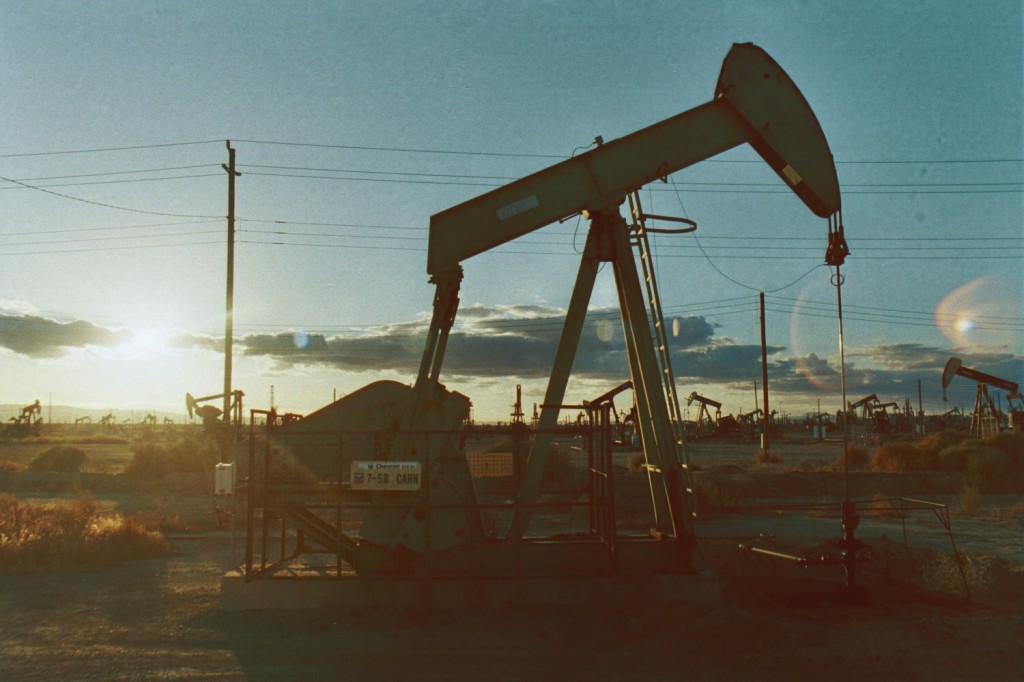It's difficult to invest in renewable, alternative sources of energy when state-run oil pays the bills.
And it's even harder for renewable energy when gasoline is all but free, courtesy of the same state.
Now The Financial Times has taken a look at Russia's growing lag in embracing renewable energy to offer a serious alternative to oil and gasoline.
DON'T MISS: Big energy hugely underestimates electric cars, renewable power
The political environment and economics of Russia make that investment difficult.
The state-run oil and gasoline industries generate about 15 percent of GDP, 35 percent of federal budget revenue, and fully 60 percent of the country's exports.
This is despite Russia officially warming to the idea of renewable energy.
Photovoltaic solar power field at Volkswagen plant in Chattanooga, Tennessee
Several senior government officials have said renewable energy sources are a must for the future, including supreme leader President Vladimir Putin.
Putin described renewable energy as “definitely the main development path, the proper path” for mankind.
“Renewables are no longer referred to as alternative energy, they are traditional," Andrei Teksler, Russian deputy energy minister, added. "We are not ignorant of the future."
CHECK OUT: Renewable energy to hit 9 percent of U.S. total in 2017
The political and economic climate hindering renewable energy is a stark contrast to the results one company has shown in the country.
En+ Group produces renewable, clean energy in Russia at one-sixth of the cost of conventional fuel, generating electricity from the Angara river.
The hydropower company is ready to fill additional demand in the country, but the lack of a proper modernization program and new infrastructure continues to hold the industry back.
Oil field (Image: Flickr user johnny choura, used under CC license)
The companies that run Russia's power grid are also owned by the state, meaning new initiatives face enormous red tape.
Today, the majority of Soviet-era cities still burn coal at alarming rates to power villages, spending $2 billion per year on the high-carbon-emitting fuel.
Russia insists it will take the necessary steps to begin transforming its power grid to lower-carbon and renewable energy, but analysts are skeptical.
READ THIS: New bill in coal-producing Wyoming would ban renewable energy for utilities
After a two-year recession left the Russian government drained of monetary resources, experts don't see a $15 billion investment coming any time soon.
However, En+ remains optimistic, as it continues to generate profit margins of more than 80 percent.
“We do not see our growth being constrained by a lack of demand,” Maxim Sokov, En+ chief executive, said.

BMW M4 drifts on Moscow streets
With Putin and his oligarch appointees controlling state-run energy companies, however, it seems that only he could make such a change happen.
But low oil prices severely constrain the country's revenue, and its ability to provide even basic services. Capital investment is all but impossible.
With Russia unlikely to open its energy sector to foreign investment, coal may remain the country's dominant fuel for years to come.
[EDITOR'S NOTE: Green Car Reports thanks our tipster, who prefers to remain an International Man of Mystery.]
_______________________________________











